10 Best Herbal Decoctions For Peripheral Arterial Occlusive Disease
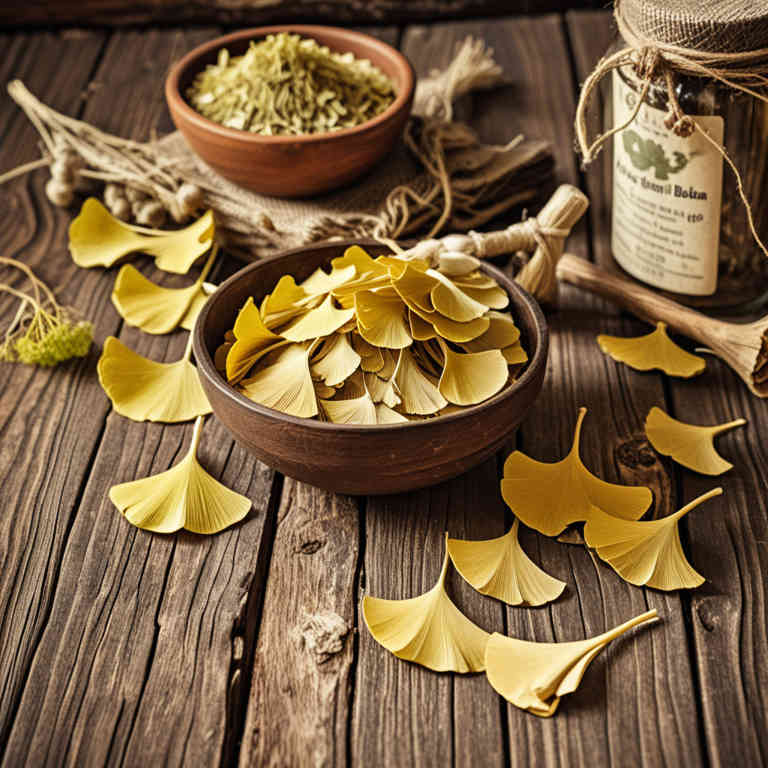
Herbal decoctions have been explored as complementary therapies for peripheral arterial occlusive disease (PAOD), aiming to improve blood circulation and reduce symptoms such as claudication.
Commonly used herbs include Ginkgo biloba, Panax ginseng, and horse chestnut, which are believed to enhance microcirculation and reduce inflammation. These decoctions are often prepared by boiling the dried plant materials in water and consuming the resulting infusion, which is thought to deliver bioactive compounds to the bloodstream. While some studies suggest potential benefits, more rigorous clinical trials are needed to confirm their efficacy and safety in managing PAOD.
As with any complementary treatment, it is important to consult healthcare professionals before incorporating herbal decoctions into a treatment plan for PAOD.
FREE Herb Drying Checklist
How to make sure every batch retains maximum flavor, color, and aroma without the risk of mold or over-drying. Eliminate guesswork and trial-and-error, making herb drying faster, easier, and more efficient every time.
Table of Contents
1. Salvia miltiorrhiza
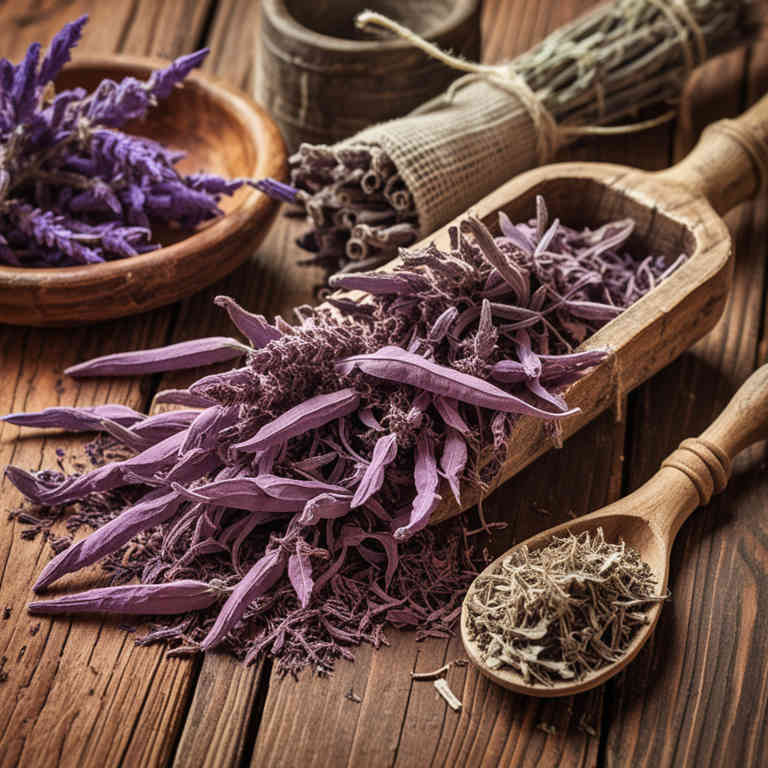
Salvia miltiorrhiza, commonly known as Danshen, is a traditional Chinese medicinal herb that has been widely used for its potential cardiovascular benefits.
Herbal decoctions made from Salvia miltiorrhiza are believed to improve blood circulation and reduce inflammation, making them a promising complementary therapy for peripheral arterial occlusive disease (PAOD). Clinical studies have suggested that these decoctions may enhance collateral circulation and reduce symptoms such as claudication in patients with PAOD. The active compounds in Salvia miltiorrhiza, including tanshinone and salvianolic acid, are thought to contribute to its vasodilatory and anti-platelet effects.
However, further research is needed to fully understand its efficacy and safety in the treatment of PAOD within a modern medical framework.
2. Ginkgo biloba

Ginkgo biloba herbal decoctions have been explored for their potential therapeutic benefits in peripheral arterial occlusive disease (PAOD), a condition characterized by reduced blood flow to the limbs due to narrowed arteries.
The active compounds in ginkgo, such as flavonoids and terpenoids, are believed to improve circulation by enhancing blood flow and reducing oxidative stress. Some studies suggest that ginkgo biloba may help alleviate symptoms like claudication and improve walking distance in patients with PAOD. However, while preliminary research shows promise, more rigorous clinical trials are needed to confirm its efficacy and safety in this specific condition.
As with any herbal remedy, it is important to consult a healthcare professional before using ginkgo biloba, especially for individuals with existing medical conditions or those taking other medications.
3. Curcuma longa
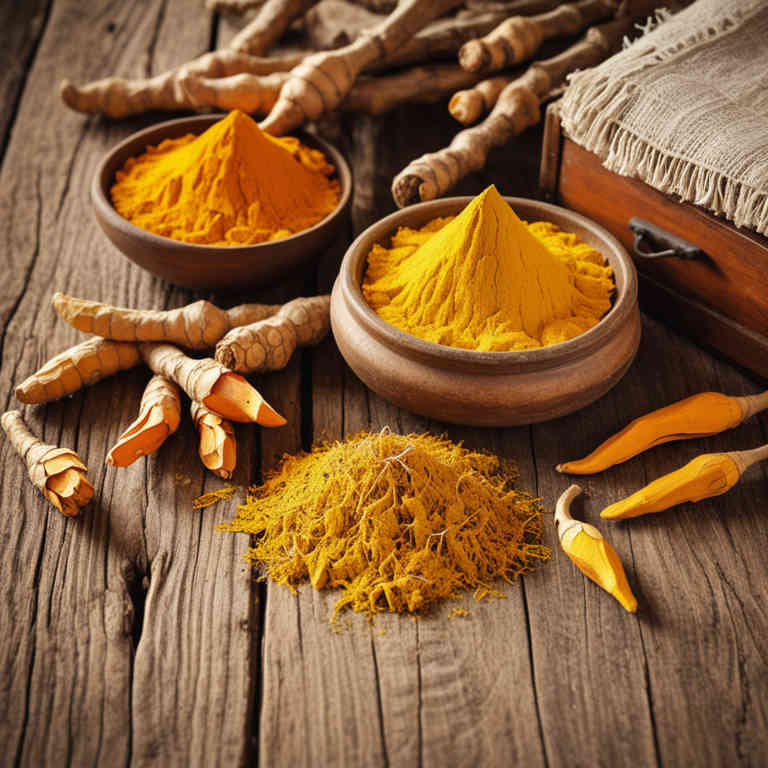
Curcuma longa, commonly known as turmeric, contains curcumin, a bioactive compound with potent anti-inflammatory and antioxidant properties.
Herbal decoctions made from Curcuma longa have been traditionally used in Ayurvedic and Chinese medicine to support vascular health and improve circulation. Recent studies suggest that curcumin may help reduce oxidative stress and inflammation, which are key factors in the progression of peripheral arterial occlusive disease (PAOD). However, the bioavailability of curcumin is limited, and standardized formulations or combination therapies may be necessary to achieve therapeutic effects.
Despite promising preliminary evidence, further clinical trials are needed to establish the efficacy and optimal dosage of Curcuma longa decoctions for managing PAOD.
4. Zingiber officinale
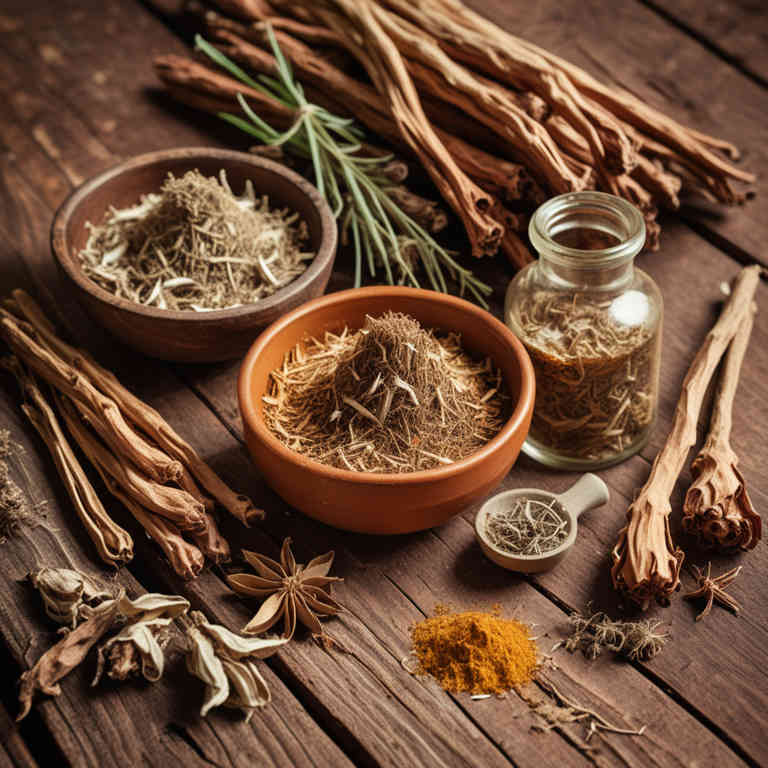
Zingiber officinale, commonly known as ginger, has been traditionally used in herbal medicine for its anti-inflammatory and vasodilatory properties.
Recent studies suggest that ginger herbal decoctions may improve blood flow and reduce oxidative stress in patients with peripheral arterial occlusive disease (PAOD). The active compounds in ginger, such as gingerols and shogaols, are believed to enhance endothelial function and promote the relaxation of blood vessels. While preliminary evidence supports its potential benefits, more clinical trials are needed to establish its efficacy and safety in treating PAOD.
Nonetheless, ginger decoctions may serve as a complementary therapy alongside conventional treatments for managing symptoms and improving circulation in affected individuals.
5. Vitis vinifera
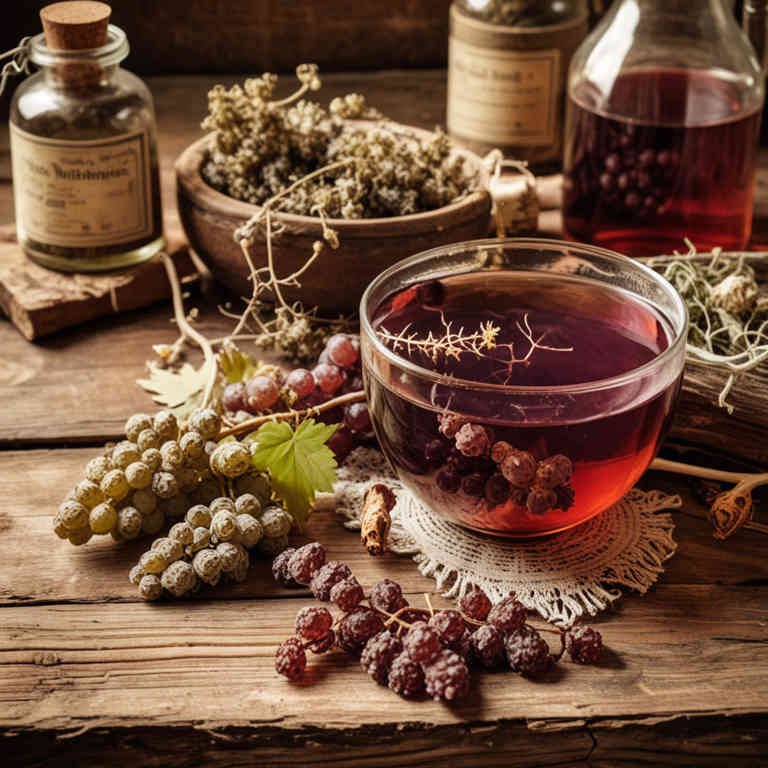
Vitis vinifera, commonly known as the common grapevine, has been traditionally used in herbal medicine for its potential cardiovascular benefits.
Herbal decoctions made from Vitis vinifera, particularly its seeds and leaves, are believed to contain bioactive compounds such as resveratrol and flavonoids, which may contribute to improved blood flow and reduced inflammation. These decoctions have been explored as complementary therapies for peripheral arterial occlusive disease (PAOD), where narrowed arteries reduce blood flow to the limbs. Some preliminary studies suggest that Vitis vinifera extracts may help in enhancing endothelial function and reducing oxidative stress, which are key factors in the progression of PAOD.
However, further clinical research is needed to establish their efficacy and safety in treating this condition.
6. Nymphaea alba
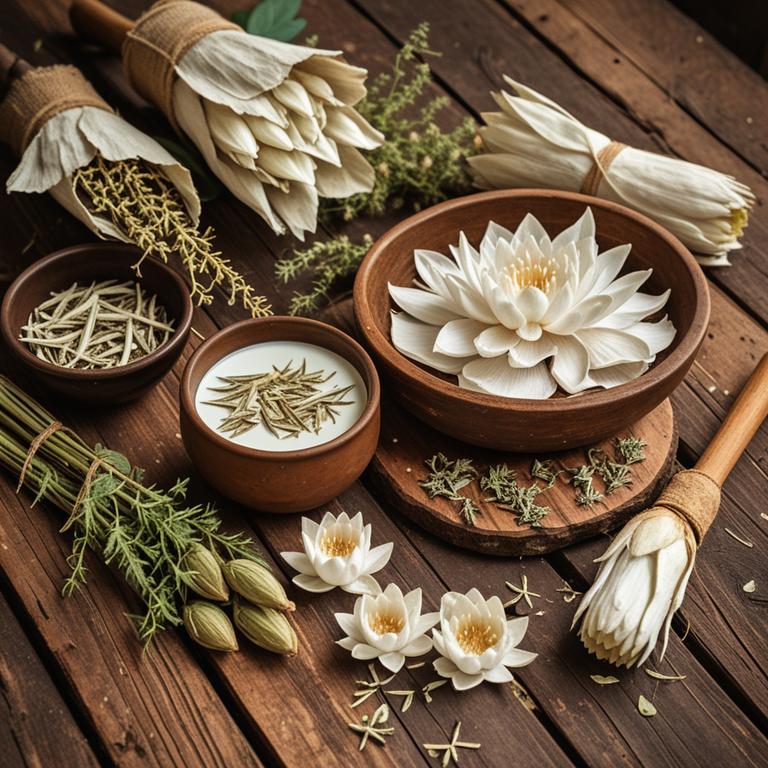
Nymphaea alba, commonly known as the white water lily, has been traditionally used in herbal medicine for its potential therapeutic properties.
Recent studies suggest that decoctions made from Nymphaea alba may exhibit anti-inflammatory and vasodilatory effects, which could be beneficial in managing peripheral arterial occlusive disease (PAOD). The active compounds in the plant, including flavonoids and alkaloids, are believed to improve blood circulation by reducing oxidative stress and enhancing endothelial function. Preliminary clinical trials indicate that regular consumption of Nymphaea alba decoctions may help alleviate symptoms such as claudication and improve limb perfusion in patients with PAOD.
However, further research is needed to fully understand its efficacy and safety profile in this context.
7. Panax ginseng
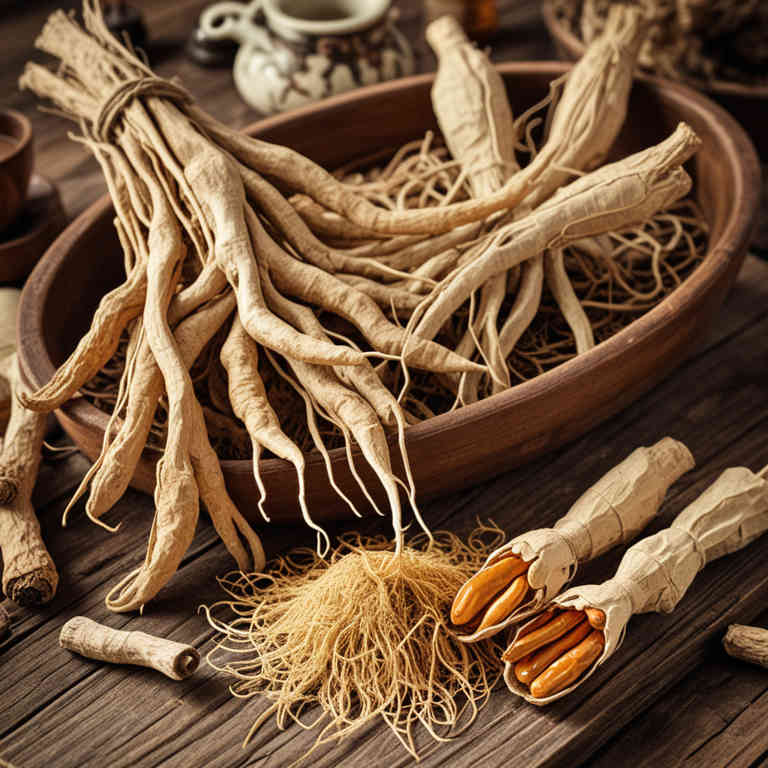
Panax ginseng herbal decoctions have been explored as a potential complementary therapy for peripheral arterial occlusive disease (PAOD), a condition characterized by reduced blood flow to the limbs due to narrowed or blocked arteries.
Preliminary studies suggest that the active compounds in Panax ginseng, such as ginsenosides, may improve endothelial function and enhance microcirculation, which are critical in managing PAOD. However, clinical evidence remains limited, and more rigorous randomized controlled trials are needed to establish its efficacy and safety in this context. Some researchers hypothesize that the anti-inflammatory and antioxidant properties of Panax ginseng could contribute to vascular health, although these mechanisms require further investigation.
As with any herbal treatment, it is important to consult a healthcare provider before using Panax ginseng, especially for individuals with existing cardiovascular conditions.
8. Urtica dioica
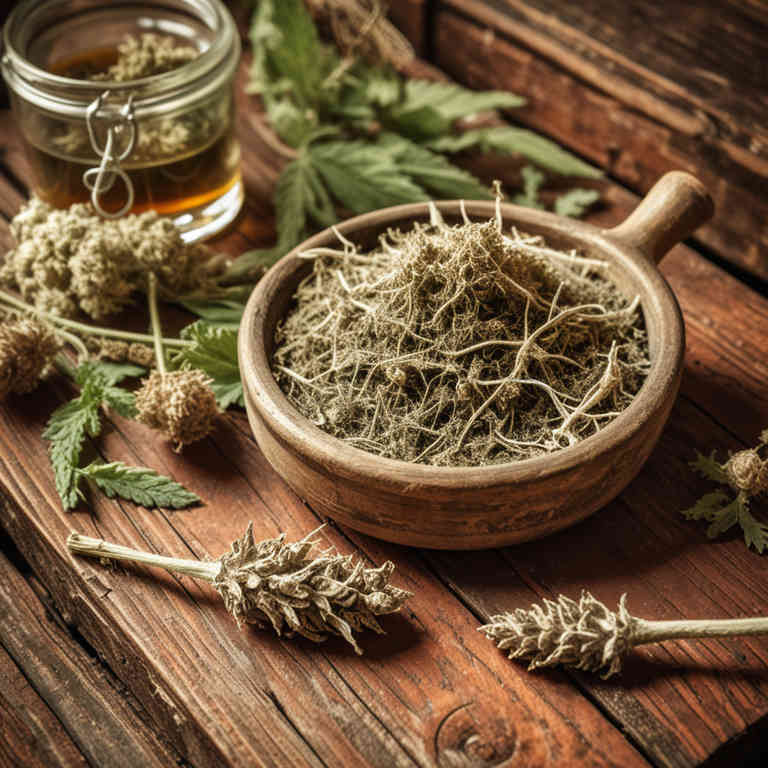
Urtica dioica, commonly known as stinging nettle, has been traditionally used in herbal medicine for its potential therapeutic effects.
Herbal decoctions made from the leaves and stems of Urtica dioica are believed to possess anti-inflammatory, antioxidant, and vasodilatory properties. These properties may help improve blood circulation, making Urtica dioica a candidate for supporting peripheral arterial occlusive disease (PAOD) management. However, while some preliminary studies suggest possible benefits, more rigorous clinical trials are needed to confirm its efficacy and safety in treating PAOD.
As with any herbal treatment, it is important to consult a healthcare professional before incorporating Urtica dioica into a treatment regimen for vascular conditions.
9. Cinnamomum verum
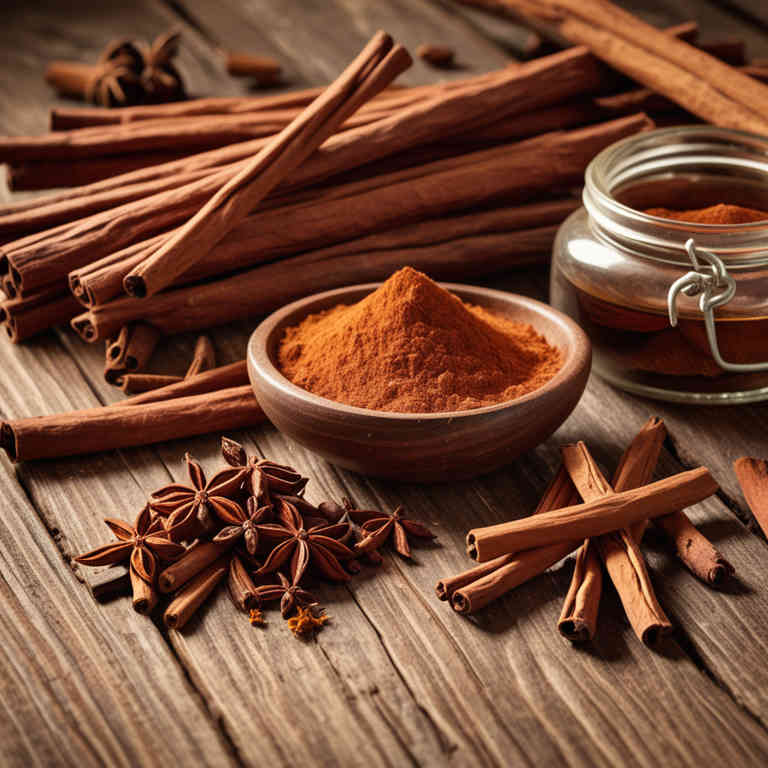
Cinnamomum verum, commonly known as true cinnamon, has been traditionally used in herbal medicine for its potential vascular benefits.
Herbal decoctions made from its bark are believed to improve blood circulation due to the presence of bioactive compounds like cinnamaldehyde and eugenol. These compounds may help in reducing inflammation and promoting vasodilation, which could be beneficial for individuals with peripheral arterial occlusive disease (PAOD). Some preliminary studies suggest that cinnamon may support endothelial function and reduce oxidative stress, factors implicated in the progression of PAOD.
However, more clinical research is needed to fully establish its efficacy and safety as a complementary therapy for this condition.
10. Achillea millefolium
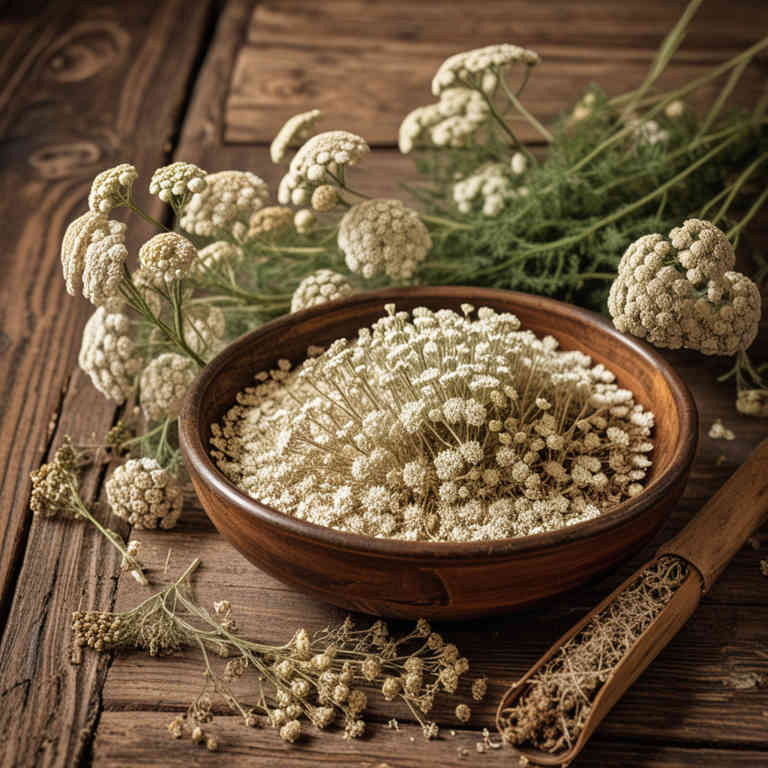
Achillea millefolium, commonly known as yarrow, has been explored for its potential therapeutic effects in peripheral arterial occlusive disease (PAOD) due to its anti-inflammatory, antioxidant, and vasodilatory properties.
Herbal decoctions of A. millefolium may help improve blood flow by promoting vascular health and reducing oxidative stress in affected tissues. Some preliminary studies suggest that yarrow extracts could support the management of symptoms such as intermittent claudication by enhancing microcirculation. However, more rigorous clinical trials are needed to confirm its efficacy and safety in treating PAOD.
As with any herbal remedy, it is important to consult a healthcare professional before use, especially for individuals with existing cardiovascular conditions.